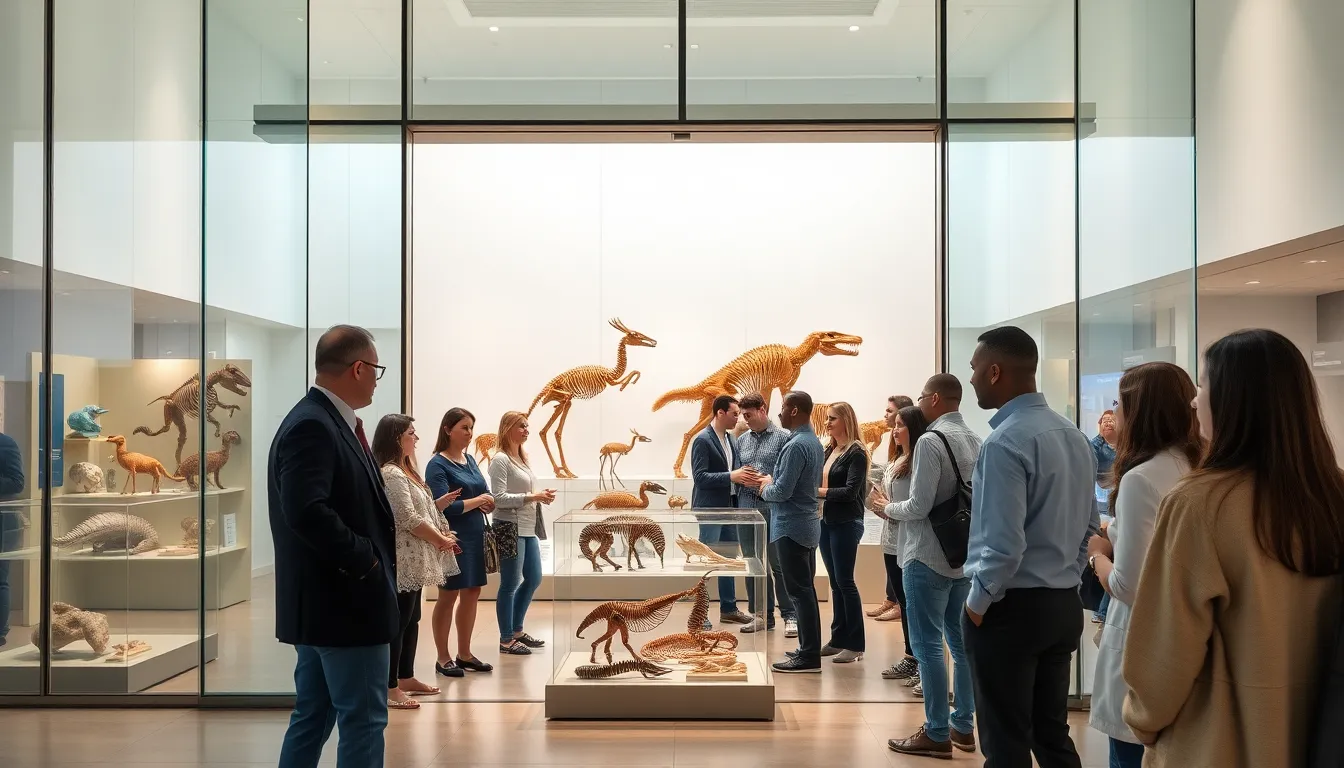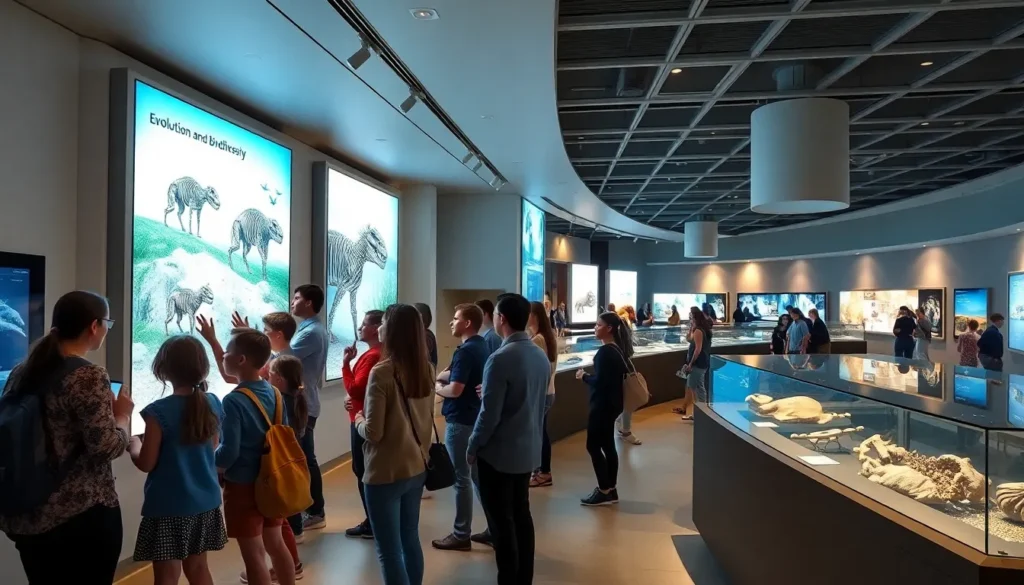Table of Contents
ToggleEver walked into a life science museum and felt like you’ve been transported to another world? These museums are not just about dusty exhibits and ancient fossils: they’re living, breathing institutions evolving with the times. As they transform from mere curiosity cabinets to interactive hubs of learning, life science museums play a vital role in shaping our understanding of the world. In this text, we’ll take a humorous yet informative ride through their history, uncover the importance they hold in education, and peek into what the future might hold for these fascinating places. Buckle up.
Historical Overview of Life Science Museums

The history of life science museums is as rich and varied as the specimens they hold. Dating back to the Renaissance, the earliest museums started as private collections of rare curiosities, often owned by wealthy individuals with a penchant for the peculiar. But as society progressed into the Enlightenment era, the focus began to shift. Museums transitioned from personal collections to public institutions, making knowledge accessible to the masses.
In the 19th century, life science museums really found their footing. Scholars sought to categorize and document the diversity of life on Earth, leading to more organized and themed exhibits. The likes of the British Museum of Natural History were born, showcasing taxidermied animals, shells, and botanical displays. This laid the groundwork for how museums today showcase life science, through the lens of discovery, understanding, and curiosity.
Fast forward to now, and evolution continues. Museums have adopted more sophisticated methods of display, engaging visitors in entirely new ways.
The Role of Museums in Science Education
Today, life science museums play a pivotal role in science education, acting as dynamic learning environments where curiosity is kindled. They serve as platforms for students of all ages to jump into complex concepts, from ecology to genetics, in ways that textbooks just can’t match. Consider a school trip to a museum: it often becomes a memorable adventure wrapped in exploration and discovery.
What’s even more exciting is how museums tailor their exhibits for different audiences. Interactive displays, hands-on workshops, and guided tours ensure that everyone, from toddlers to seasoned scientists, finds something impactful. Kids can touch dinosaur bones and adults can debate biodiversity, all under one roof. Research has shown that informal environments, like museums, can significantly enhance learning, making information stick like honey in your brain.
Museum educators often collaborate with schools to develop curricula that align with state standards, making it a win-win scenario. They don’t just teach: they inspire a new generation of scientists, encouraging the future stewards of our planet.
Technological Advancements in Life Science Exhibitions
Gone are the days of static displays and dusty glass cases. Technological innovations have breathed fresh life into life science exhibitions. From augmented reality to immersive experiences, these advancements have revolutionized how museums present information. Visitors can now engage with exhibits in ways that were unimaginable just a few years ago.
Case Studies of Notable Life Science Museums
Take, for example, the California Academy of Sciences. This museum integrates technology seamlessly, offering digital platforms that enhance the visitor experience. Their “Steinhart Aquarium” uses live feeds from underwater cameras, letting visitors observe marine life in real-time. Similarly, the Field Museum in Chicago utilizes AR to create interactive learning opportunities. These immersive experiences are not just fun: they deepen understanding and retention of complex scientific concepts.
Such technological integration isn’t merely a trend: it’s a necessity in an age where attention is currency. Museums that adapt to these changes are not just surviving: they are thriving, providing visitors with engaging, memorable experiences.
Impact on Community Engagement and Awareness
Life science museums hold a unique position as centers of community engagement and awareness. They don’t just serve as places to observe the natural world: they inspire community conversations about science, health, and the environment.
Exhibits often address current issues, such as climate change or biodiversity loss, fostering discussions that resonate far beyond the museum walls. Community events, like lecture series and workshops, turn museums into hubs of dialogue, awakening public interest in pressing scientific matters.
This outreach doesn’t stop at adults. Many museums run programs specifically aimed at young audiences. By sparking interest early on, they cultivate future generations who care about our planet. The ripple effects of community engagement through life science museums help create a more informed public, capable of making educated choices about the future.
Future Trends in Life Science Museums
As we gaze into the crystal ball of life science museums, exciting trends begin to emerge. One notable shift is the increasing focus on sustainability. Museums are becoming more eco-conscious, using renewable energy, sustainable materials, and even featuring exhibits that address environmental challenges directly. This is not just a trend: it’s part of a broader movement driving change across the globe.
Besides, the integration of digital resources is set to expand even more. Imagine virtual museum tours available to anyone, anywhere, enriching lives regardless of geographical barriers. Collaborations will likely transcend borders, engaging with international communities to share knowledge and resources.
Also, the fight for diversity and inclusion in STEM should shape the way life science museums present their narratives. By amplifying underrepresented voices in science, museums can foster a more inclusive culture that resonates with an ever-diverse audience.







